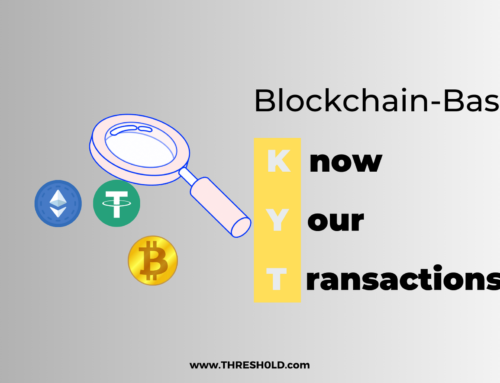In the blockchain space, the use of smart contracts has seen a meteoric increase thanks to the rise of decentralized finance (DeFi) and non-fungible tokens (NFTs). Yet, despite their widespread commendation as a groundbreaking development, not everyone possesses the knowledge essential to ensure their safety when using these contracts to execute a transaction process. There is also widespread misunderstanding and silence around the context of smart contracts, which makes blind signing a risk to blockchain users.
Alongside that, traditional crypto hardware wallets were built to handle basic value transfers, whereas smart contracts are more sophisticated. Whilst your wallet understands the terms, it won’t present them to you comprehensively. It’s a classic example of technology progressing faster than its supporting infrastructure. This forces people to sign contracts based on trust rather than with certainty.
What is Blind Signing? How Does it Happen?
Unlike traditional attempts at theft, blockchain hackers and scammers will often use deceptive methods over brute force when trying to steal funds. Hence, blind signing is resorted to as the most insidious method of theft.
Blind signing is signing a document without having full knowledge of its content details or understanding of what the contract entails. In this type of digital signature, the message’s contents are concealed before signing. Its principal application is when the source and recipient of confidential information are not the same person.
Key contract details are encoded in the smart contracts utilized by modern dApps and NFTs; yet, most wallets are unable to extract completely and show embedded data to users, so most users sign without a full understanding of what they’re signing for.
Also, most front-ends of dApps merely provide a high-level overview of the smart-contract call process. Transactions may be conducted securely without the need to examine the underlying code. All of this relies on the premise that you trust the contents of a smart contract to be valid and true to your intent for a given transaction.
Blind Signing Techniques Deployed by Scammers
In order to invoke a malicious smart contract, most attackers use phishing websites. Cybercriminals may also trick victims into signing smart contracts in which they have only half the knowledge of the content, while attackers can take advantage of applications’ adaptability and security flaws to send targets contracts that carry out fraudulent financial transactions. For instance, fraudulent smart contracts may mislead their targets by displaying a false selling price for an asset when the real value of the asset is null.
How to Avoid falling for Blind Signing Scams
As it is designed for security, the blockchain has certain measures in place to ensure that users do not fall for blind signing scams.
There are wallets designed to keep you safe, featured with the ability to disable blind signing. Therefore, when dealing with an entity you don’t fully trust, it’s best to leave this setting at default and avoid using third-party applications to force a transaction on a wallet that doesn’t support it.
Always be sure that you’re using the proper smart contract and platform whenever you sign one. Furthermore, you should constantly attempt to ascertain whether the program or website you are using has been hacked. When conducting business on a trustless platform, you must exercise extreme caution.
How APIs Help Safeguard you from the Risks of Blind Signing
Although APIs are not the first defence against blind signing, they are designed to have layers of security to prevent the loss of funds. This means that APIs are more cautious when it comes to calling contracts and will generally be detail-specific in all transactions to prevent fraudulent transactions.
It will also be easier to combat fraud with fewer data acquired from consumers who use these browsers and apps if developers collaborate to establish APIs that exploit these techniques. There are currently other methods, such as partially blind signatures, being tested to prevent the likelihood of the occurrence of fraud in this area.
Conclusion
It is common practice for hackers to utilize “blind signing” as one of several techniques to steal digital assets. Although cryptography has made great strides since its infancy, development seems to be happening at an even greater speed.
Always remember that there are two components to blind signing: a lack of available technology and the potential for human error. For this reason, trusting one’s own judgment has never been more important. No matter how sophisticated the blockchain might be, you are still its last line of protection.
About THRESH0LD
THRESH0LD offers a single, simple-to-integrate API that helps digital asset businesses such as crypto exchanges, payment processors and OTC solutions cut tx fees, save time and enhance security.
THRESH0LD supports 44 blockchain protocols and with DeFiBridge, you can enable swaps across many thousands of assets.
Found this piece interesting? Check out our other blog posts.





